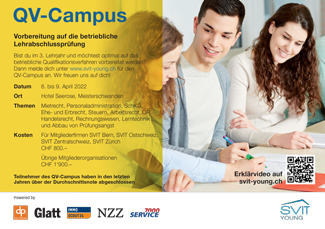Institute publishes guidelines for spatial development

The Institute for Spatial Development (IRAP) of the OST - Ostschweizer Fachhochschule has created instructions for the structural development of small communities. With the guide, administrations and planning offices should be able to work out a strategy for internal development for the entire municipality at low cost.
The Institute for Spatial Development (IRAP) of the OST – Ostschweizer Fachhochschule has published a free step-by-step guide for questions about redensification in small communities. It is intended to support communities with fewer than 10,000 inhabitants to prepare their own settlement strategy, according to a media release .
A total of 95 percent of the municipalities in Switzerland have fewer than 10,000 inhabitants. The correspondingly small administrations often do not employ any specialist staff for spatial planning. According to a press release, this means that nobody cares about high-quality settlement densification. Since the revision of the Spatial Planning Act 2014, however, localities have only been allowed to develop within their existing area in order to prevent urban sprawl.
The free guide of the IRAP is intended to give you a start. The paper comprises seven chapters on 40 pages and is intended to answer questions such as "how much growth can our community expect?", "Where in our building zones makes the most sense of densification?" And "how do we launch these projects?".
"With this methodology, qualified spatial planners should be able to work out an interior development strategy for the entire municipality within a maximum of 200 to 300 hours for communities with up to 10,000 inhabitants, and thus for less than CHF 50,000" -Professor Andreas Schneider quoted in the press release.
The complete method manual is available online for download free of charge.
